Wap Welcome to visit Love Fishing
Bream is a freshwater fish of the family Cyprinus. In a broad sense, bream also includes triangular bream and tufted bream. Generally, they are active in the middle and lower layers of the water body. However, seasonal changes, water temperature, air pressure, bait environment, etc. will change the active water layer of bream. Let’s take a look at what float is best for fishing bream!
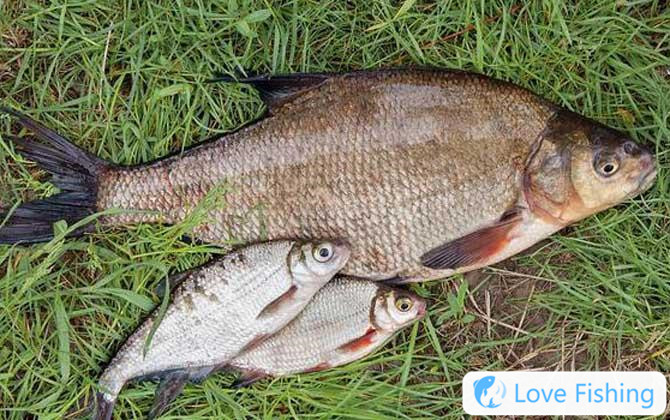
1. Seven Stars Floating
You can use a seven-star float when fishing for bream. The seven-star float is a float that has been used for traditional fishing for a long time. It is also known as star float, loose-split float, centipede float, etc. It is named because it is usually composed of 7 floats. When used, the float beans lie flat on the water surface (the underwater part is vertical). The advantage is that it is simple to operate and easy to observe the float phase. The disadvantage is that it is not as good as a stand-up float with wind and wave resistance and water resistance. It is most suitable for fishing with long rods, broken lines, and facing hooks. It is also especially suitable for fishing in shallow water areas of the reservoir.
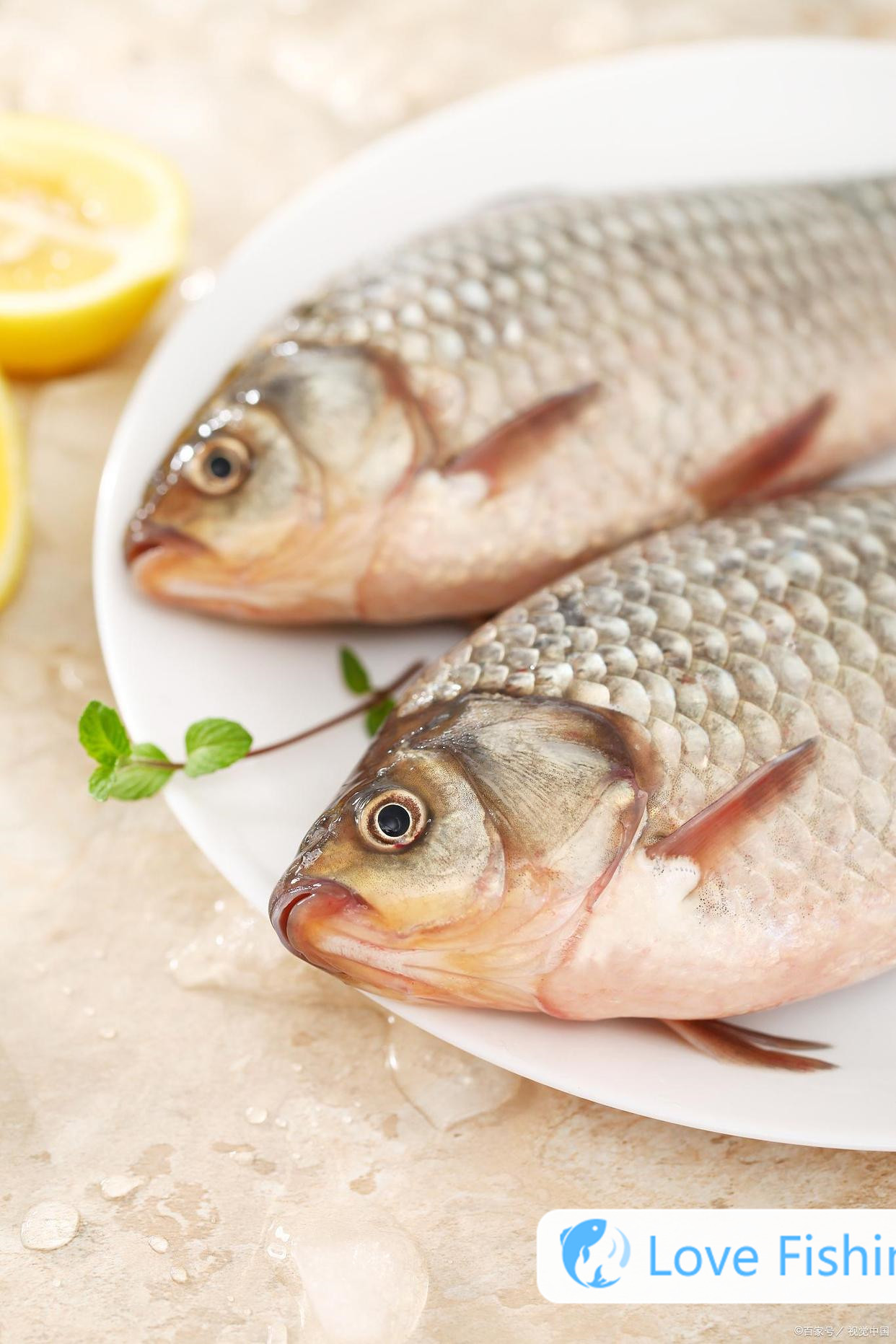
2. Vertical bleaching
Vertical floats can be used when fishing for breams. In fact, vertical floats are also the most commonly used floats for fishers. They are composed of three parts: floating feet, floating body, and floating tail. They were introduced to the mainland with Taiwan fishing in the late 1980s. They quickly became popular all over the country because of their advantages of good stability, high sensitivity, and easy to observe the float. In just 30 years, they have become the most commonly used floats for fishers across the country. The disadvantage is that it is difficult to adjust the float and has certain requirements for the depth of the fishing spot.
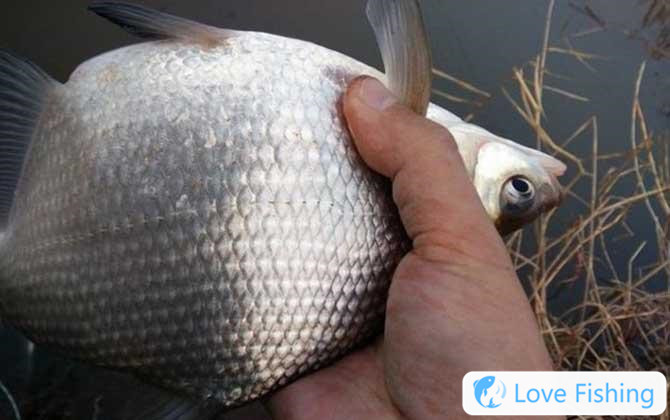
1. Long feet, long body, long tail float
The long-legged float is the longest-length float. Its advantage is that it has good stability and can be used in environments with undercurrents or water flow. It is especially suitable for fishing in deep water areas with wind and waves. In addition, this float has a strong sense of suddenness, a large drop and slow movements. This float can cover up the signals of some small fish when fishing for breams.
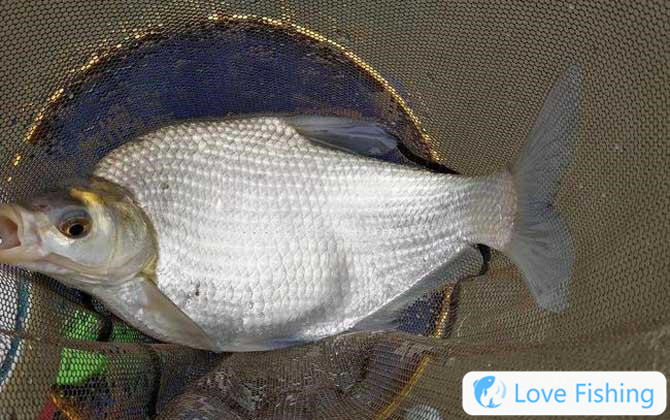
2. Long feet, short body, long tail float
The float with long feet, short body, long tail float is shorter than the long feet, long body, long tail float, and slightly higher sensitivity than the long tail float. It is characterized by early turnover, slow turnover, and long stroke. Although it is not suitable for fishing fast fish or good fish mouth, it is most suitable for dealing with light mouth fish or fish things that do not open very much. For example, a large bream with slow fish mouth is very useful.
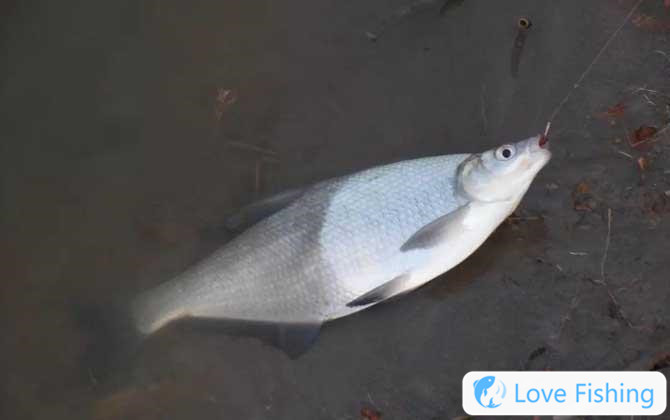
3. Short feet, long body, long tail float
Short-legged long-body long-tail float is the most adaptable float and is also the most commonly used float for fishermen. It is characterized by fast turnover, strong sense of suddenness, good stability, few false mouths, and real floats. When fishing for slippery or fast fish, you can adjust high fishing high fishing, and when fishing for raw or slow fishing, you can adjust low fishing low fishing. It is most suitable for casual fishermen who can conquer the world with a float.
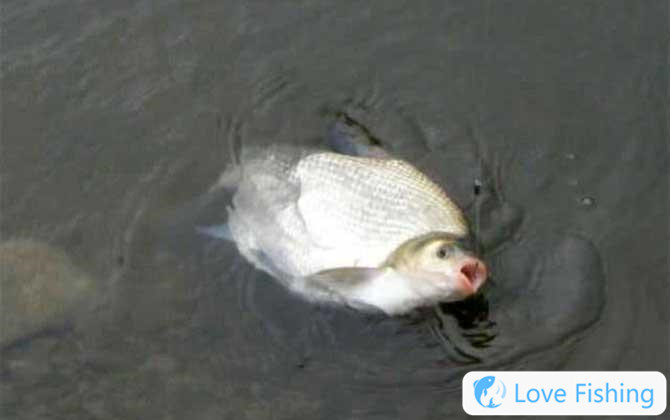
4. Short feet, long body, short tail float
There is no difference between short-legged floats and short-legged floats when fishing high, but the center of gravity is lower than that of short-legged floats with long-legged floats. The characteristics are fast turnover, good stability, and fewer false mouths. Whether it is fishing for raw mouths or slippery mouths, fast fish, slow fish, bottom fish or floating, it is most suitable for use in waters such as lakes and reservoirs with complex fish conditions.
About us| Privacy Policy| Contact Us
Copyright © 2023-2030 Copyright@Love Fishing XML map